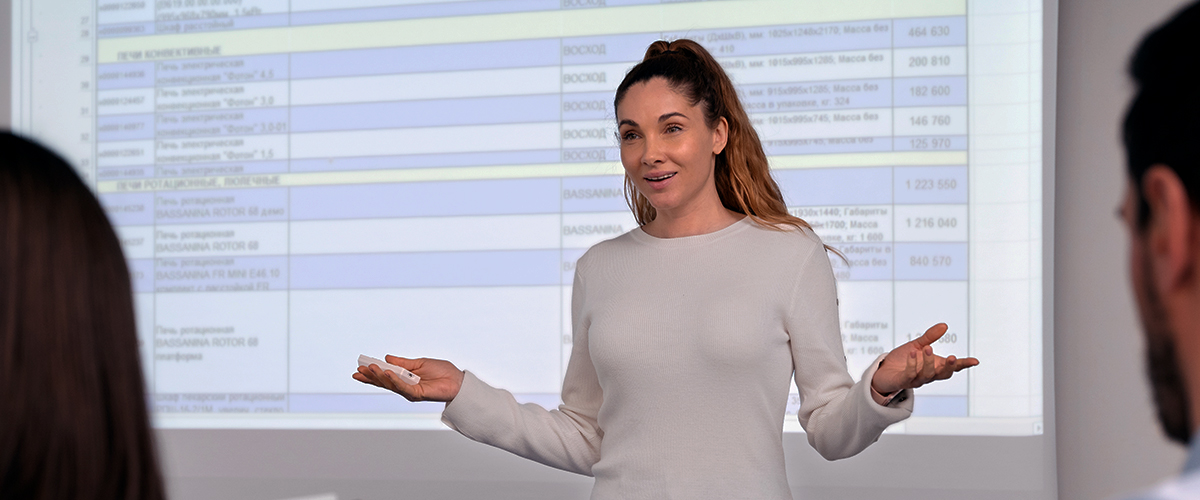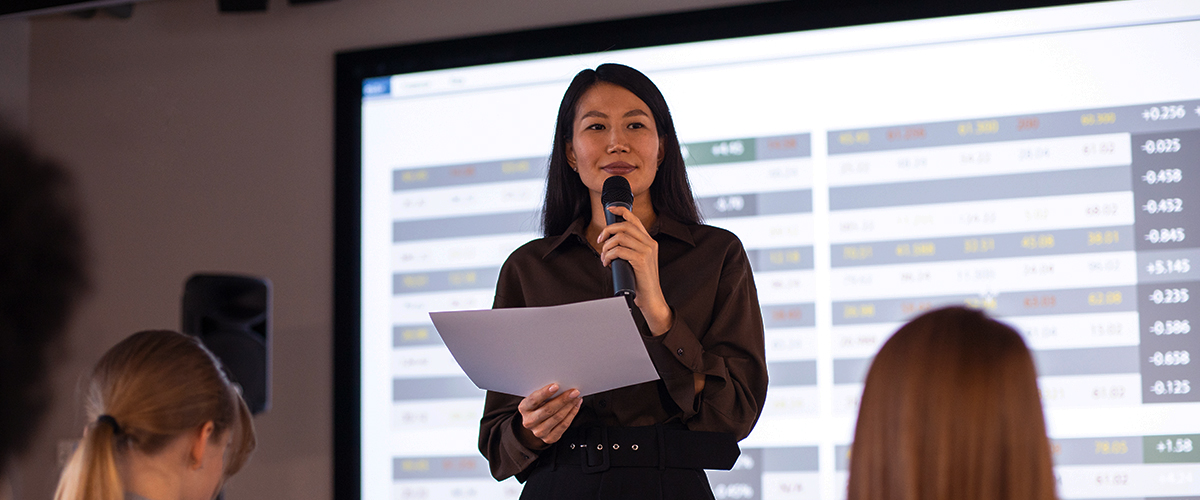While there are various techniques to deliver a presentation, one commonly debated tool is using cue cards.
Cue cards are concise notes that help speakers remember key points, transitions, and important information during their presentations.
Need a Presentation Designed?
Click Here To View Our Amazing Portfolio
In this blog, we will explore the pros and cons of using these note cards and provide considerations for their effective usage.
The Pros of Using Cue Cards
Enhances organization and structure
Cue cards offer a structured framework for your presentation. By jotting down key points, you can stay on track and ensure a logical flow of ideas.
Moreover, they act as a roadmap, helping you remember important information and ensuring that you cover all the necessary topics.
Reduces reliance on slides or notes
Unlike slides or detailed notes, cue cards enable you to maintain better eye contact with your audience. This direct engagement enhances the connection between the speaker and listeners, promoting active participation and understanding.
Provides a safety net for nervousness
Public speaking can be intimidating, especially for those who experience stage fright. Cue cards offer reassurance by serving as a safety net.
Having concise prompts in hand can boost your confidence, minimizing the risk of forgetting essential details and helping you navigate the presentation smoothly.
The Cons of Using Cue Cards
Potential drawbacks to delivery
Relying heavily on cue cards may lead to a scripted or robotic delivery style.
Speakers may become too reliant on reading from the cards, which can hinder the natural flow of speech and engagement with the audience. It is essential to strike a balance between preparedness and spontaneity.
Distraction factor
Constantly shifting attention between cue cards and the audience can be distracting. It may disrupt the speaker’s connection with the listeners and affect the overall delivery.
Struggling to maintain eye contact and a natural speaking pace can hamper the effectiveness of your presentation.
Over-reliance on cue cards
Depending too much on cue cards may result in insufficient practice and preparation.
If you lose or misplace the cards, you risk stumbling or losing focus during the presentation. Over time, over-reliance on prompters may limit your ability to deliver a polished and engaging presentation.

Considerations for Effective Cue Card Usage
Use concise bullet points or keywords
Instead of writing complete sentences, only jot down bullet points or keywords. This approach allows for a more natural flow of speech and helps trigger the intended message without relying heavily on reading.
Practice and familiarity
Rehearse your presentation with the note cards, gradually reducing your reliance on them over time. Practice will help you internalize the key points, ensuring that you’re well-prepared and familiar with the flow of your presentation.
Alternate techniques
While cue cards can be effective, it’s worth exploring alternative presentation aids.
Slides, visuals, teleprompters, or presentation apps can provide different ways to engage your audience and enhance your delivery. Experiment with these tools to find what works best for you.
Need a Presentation Designed?
Click Here To View Our Amazing Portfolio
Cue cards can be valuable tools for presenters, offering organization, structure, and a safety net for nervousness. However, it’s crucial to be aware of their potential drawbacks.
Therefore, the decision to use them depends on personal preference and adapting to individual presentation styles. Experiment with different approaches to find what works best for you and captivates your audience most effectively.





















